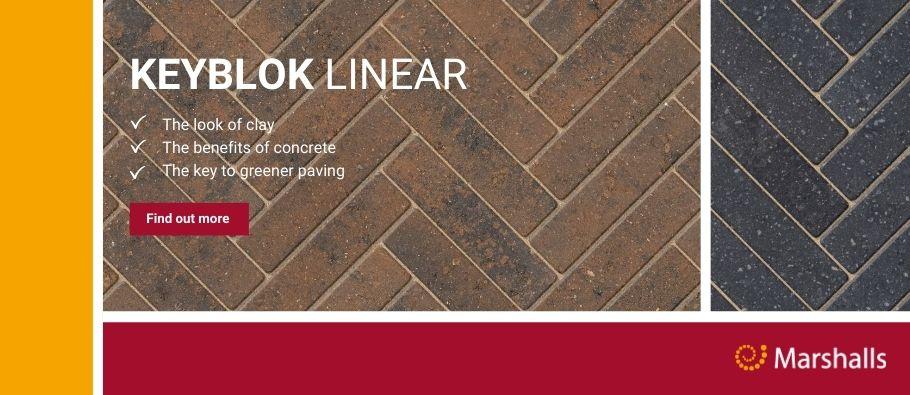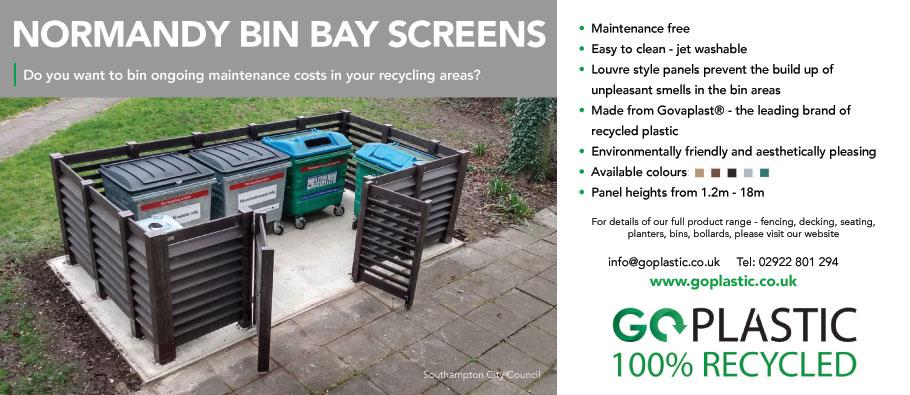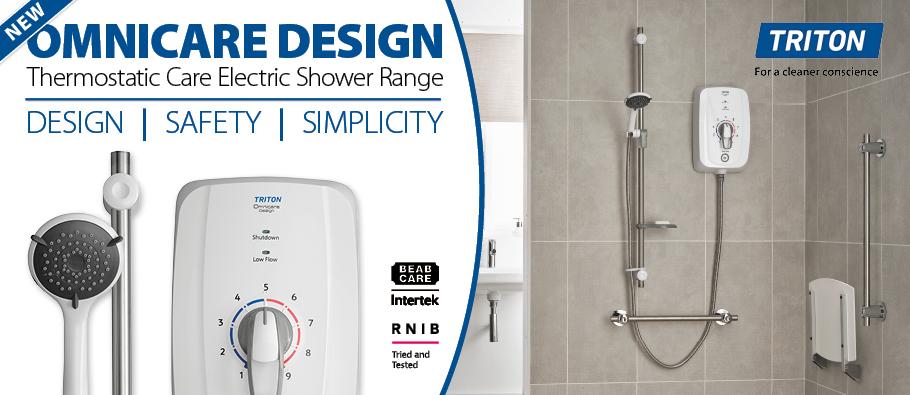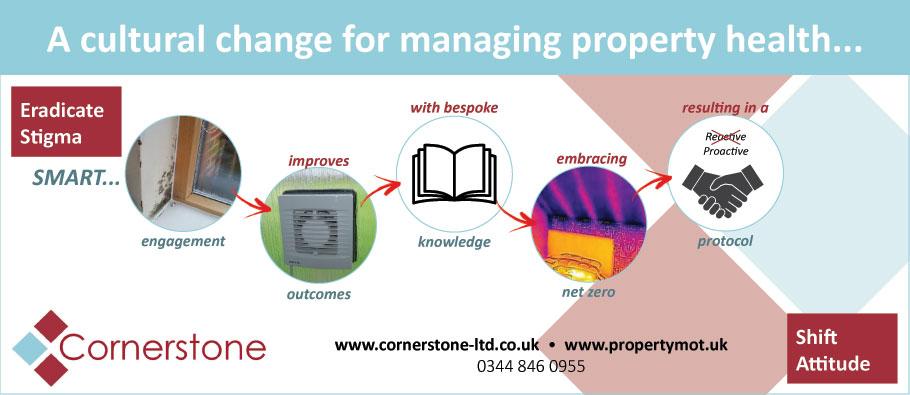Heating and Ventilation

In 2019 the UK became the first major economy to pass laws to reduce its greenhouse gas emissions to net zero by 2050. Yet in late 2021 at COP26, the UK government itself admits they are falling short of the ambitious target, to reduce emissions by 78% by 2035.
Following the October 2021 publication of both the Heat and Buildings Strategy (HABS) and Net Zero Strategy, and the GLA’s updated London Plan, the UK now has a defined route to net zero and reinforcing regulations will soon follow. But what will this look like for residents within social housing apartments, where green technology is not immediately practical to install?
It’s been a challenging time for social housing landlords during the COVID pandemic, especially with vulnerable residents shielding, making home repairs difficult. At the same time, landlords have seen a rise in disrepair claims made through the Homes (Fitness for Human Habitation) Act 2018. Meanwhile, the Housing Ombudsman is investigating damp and mould issues, recognizing the particularly significant impact both can have on vulnerable residents and those with respiratory problems. Landlords have a duty of care to residents, which has become even more important with COVID. But with restrictions now lifted, social housing providers will be pleased to know companies like Airtech Solutions can help them rid their properties of mould permanently. And as we enter condensation and mould season, now is the time to address any existing problems or put in preventative measures.
- Read more about Airtech helps landlords meet their duty of care
- Log in to post comments

Introducing the new Digistat – an innovative range of universal wired and wireless digital thermostats. Bridging the gap between traditional and smart heating controls, the new Digistat is simply smarter. Providing accessible and easy-to-use heating controls for all tenants with differing requirements in just four variants.

Leading British ventilation manufacturer Vent-Axia has supplied its Lo-Carbon PoziDry Compact Pro to successfully tackle persistent condensation and mould in a social housing property. The housing association selected the PoziDry Compact Pro for a flat which had mould in the bedroom and living room. The unit was chosen since it is the ideal solution for combating condensation and mould in problem properties without a loft.
Prior to the installation of the Lo-Carbon PoziDry Compact Pro in the property there was no ventilation. The unit was installed in the flat’s cloakroom and has successfully eliminated the on-going condensation and mould problem. This is not only protecting the building’s structure but will also positively impact the inhabitant’s health by improving their indoor air quality.
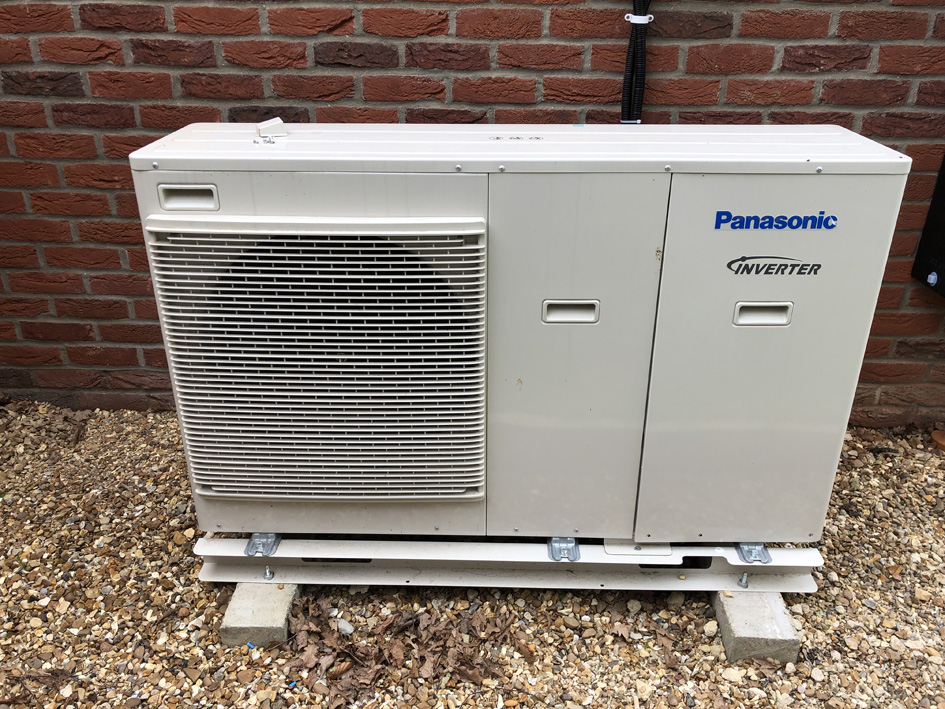
Decarbonisation is high on the agenda for current housing developments to lower carbon emissions from homes, with the average eco-home capable of cutting energy bills by 30%1. Now is the time to act and start changing the way we heat and cool our homes. Richard Bishop, Head of Marketing for UK and Ireland for Panasonic, puts forward the significant role that heat pumps can play to help reduce emissions, energy consumption and lowering costs.
Air source heat pumps currently on the market are very reliable, are quiet in operation and highly energy efficient when compared to oil-fired boilers or electric heaters and can be play a large part in lowering carbon emissions. Further efficiencies can be achieved when linked to smart controllers to produce significant savings for heating and domestic hot water (DHW) provision.
- Read more about Heat pumps are our low carbon future
- Log in to post comments

In new build homes with precast concrete or timber suspended ground floors, controlling atmospheric moisture in the sub-floor space is normally provided by means of natural ventilators. These include airbricks or grilles of appropriate size and number and are located on opposing external walls to ensure cross ventilation. Attention to detail with sleeper walls and other obstructions in the sub-floor void is also required to ensure that the air can move freely with minimum resistance between external ventilators.
While the provision of such natural ventilation is relatively easy to achieve in new build homes, existing homes often suffer the consequences of inadequate natural ventilation of sub-floor spaces. Ventilators can become blocked over time with dirt and debris or covered when external ground levels are raised through new landscaping or patio coverings. Extensions to homes can also result in natural ventilation of a sub-floor space being negatively impacted. You only have to look at the number of mid terrace homes throughout the UK with rear extensions added with original sub-floor ventilators still visible on the front façade but with none on the rear extension to understand how this can be a problem in many dwellings. There is no way to easily naturally ventilate such a sub-floor.
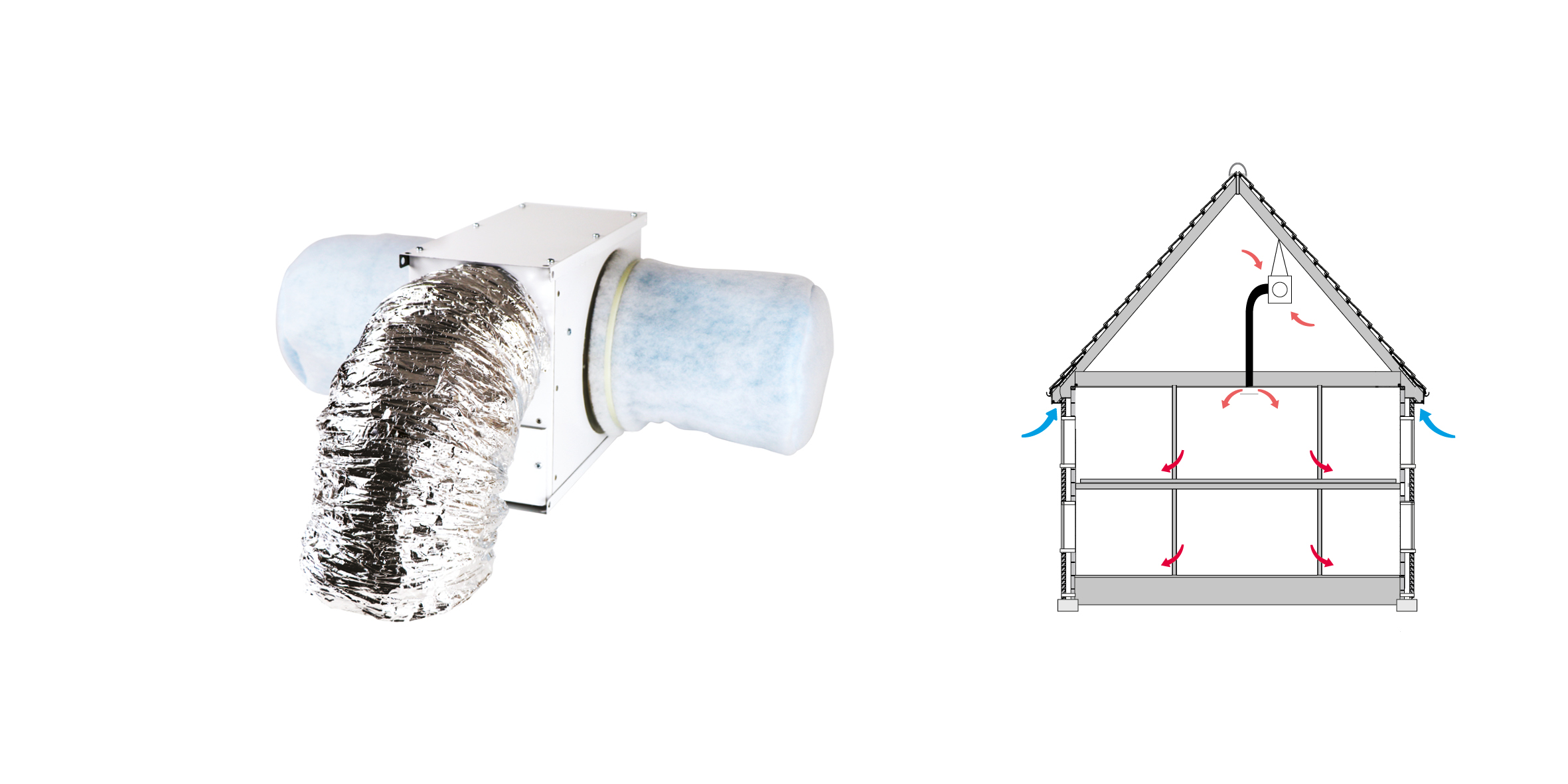
Positive Input Ventilation (PIV) is a tried and tested method of dealing with condensation and mould in the UK’s housing stock. It is estimated that PIV units have been installed in over one million homes since it was first introduced back in the 1970’s. Tens of thousands of PIV units continue to be installed every year and is often the first choice of ventilation for many landlords wishing to provide adequate ventilation for their tenants.










